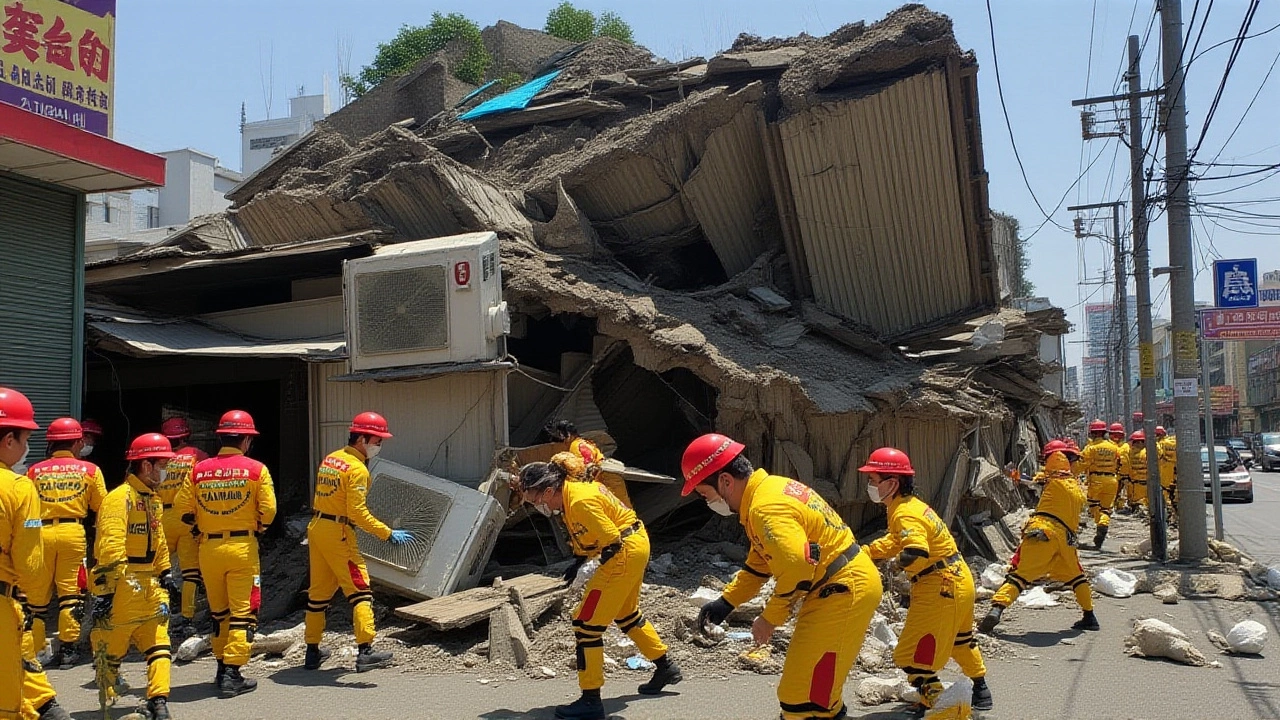Taiwan earthquake – what happened and why it matters
When talking about Taiwan earthquake, a sudden release of energy along a fault that rattled the island and surrounding seas. Also known as Taiwan seismic event, it shows how powerful natural forces can be and why we need to understand them.
This event is a clear example of seismic activity, the ongoing movements of the Earth’s crust that generate tremors and quakes. Seismic activity isn’t random; it follows patterns linked to tectonic plates, large slabs of the Earth’s lithosphere that slide, collide or pull apart. When the Philippine Sea Plate pushes against the Eurasian Plate, stress builds up until it releases as an earthquake—exactly what happened in Taiwan.
Key concepts you’ll encounter
Every earthquake has a magnitude, a number that measures the energy released, usually reported on the Richter or moment‑scale. The Taiwan quake registered a magnitude of about 6.8, meaning the shaking was strong enough to damage buildings, knock down power lines and trigger landslides. But magnitude alone doesn’t tell the whole story; the depth, how far below the surface the rupture started also influences how much surface impact is felt. Shallow quakes cause more intense shaking than deeper ones.
Understanding the event also means looking at disaster response, the coordinated efforts by government, NGOs and communities to rescue, treat and rebuild after a quake. In Taiwan, emergency services mobilized within minutes, using early‑warning apps, helicopters and medical teams to reach affected neighborhoods. Effective response saves lives, reduces injuries and speeds up recovery. It also highlights the importance of preparedness—regular drills, sturdy construction codes and public education can cut the damage when the next quake hits.
Why does this matter to you? The Taiwan earthquake illustrates three core ideas: (1) earthquake risk is tied to plate boundaries, (2) measurable factors like magnitude and depth shape the impact, and (3) quick, organized disaster response can make a huge difference. These ideas show up again in articles about other natural events, sports venues built on fault lines, and even in discussions about insurance for stadiums. By grasping the basics, you’ll be better equipped to interpret news, assess safety measures, or simply understand why a city might cancel a match after a tremor.
Below you’ll find a variety of posts that reference the Taiwan earthquake either directly or through related themes—ranging from how earthquakes affect sports infrastructure to the science behind seismic monitoring. Browse the list to see practical examples, detailed analyses and real‑world stories that put the concepts we’ve covered into action.
1
7.4‑Magnitude Quake Kills 18, Injures 1,100 in Taiwan
A 7.4‑magnitude quake struck near Hualien on April 3, 2024, killing 18 and injuring over 1,100. Rescue crews, led by Hsu Chen‑wei and the National Airborne Service Corps, mobilized across Taiwan to aid victims.






